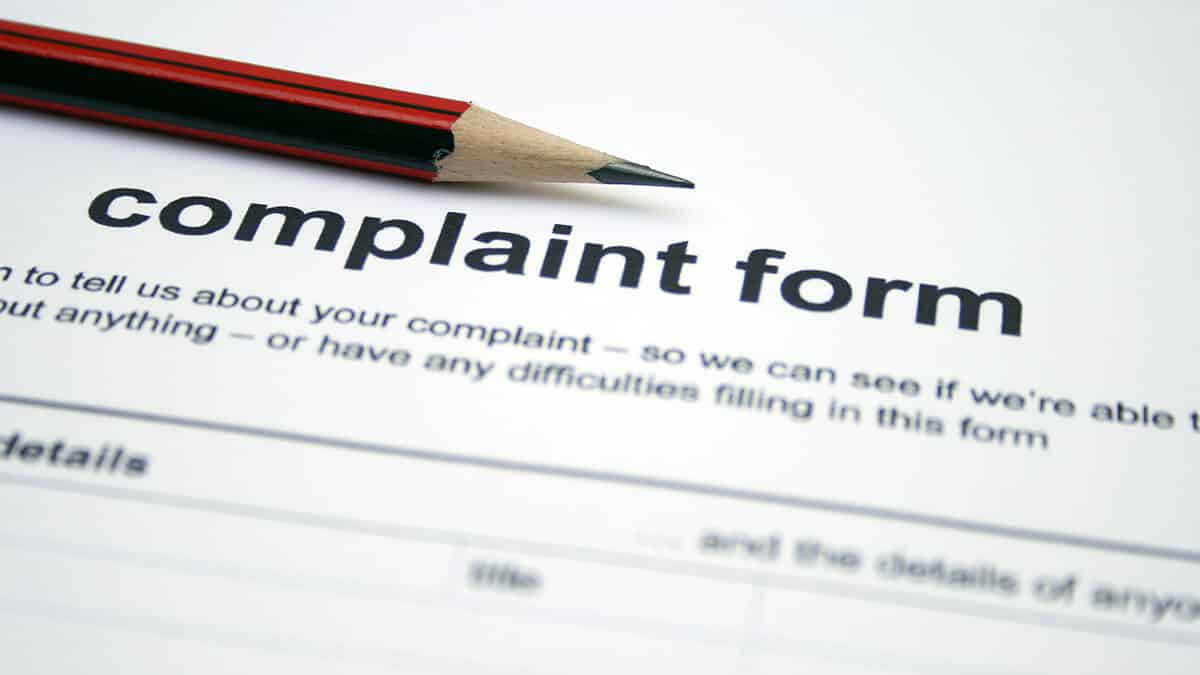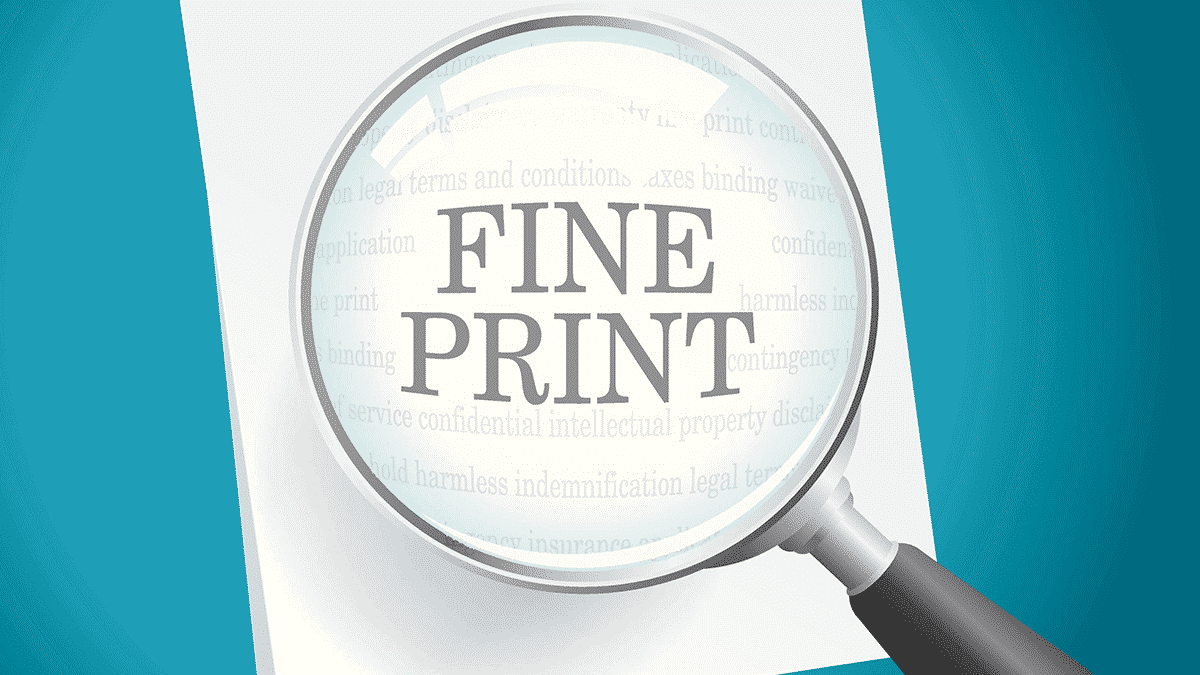In this guide
Life is full of choices and the super system is no different.
But there is one area where not everybody has a choice and that’s when it comes to selecting the super fund into which your employer will make Superannuation Guarantee (SG) contributions on your behalf.
If you’re uncertain whether you can choose your own super fund, here’s a simple guide to the fund choice rules.
Are you eligible to choose your own super fund?
Most Australians have the right to select their own super fund for the SG contributions their employers pay.
If you can choose your super fund, your employer will pay the SG contributions they make on your behalf into the super fund you select providing it’s a complying super fund under the super regulations. Any personal super contributions you choose to make as a deduction from your salary – known as salary sacrifice – will also go to your chosen fund.
Although most of us have the right to choose our own super fund, there are still a limited number of Australians without this right. There are four categories of employees in this situation:
- Those whose super fund is selected as part of the industrial award or enterprise agreement (EA) under which they are employed.
- People working in the public sector where the law requires super to be paid into a specific fund.
- Members of defined benefit funds where the employer is required to contribute. Not all defined benefit funds fall into this category – some do permit the employer to stop contributing if the employee chooses an alternative fund.
- People working on a temporary resident visa.
Enterprise agreements made since 1 January 2021 are not permitted to restrict choice of super fund. Most enterprise agreements have been updated since 2021, providing choice to more Australians.
| Generally eligible to choose your own super fund for SG contributions if: | Generally NOT eligible to choose your own super fund for SG contributions if: |
|---|---|
| Your super is paid under a federal award or a former state award (now known as a notional agreement preserving state award NAPSA) | You super is paid under a state award, workplace determination or enterprise agreement made before 1 January 2021 that specifies which super fund your SG contributions are paid into |
| You are employed under another award or agreement that does not require super support | You are a federal or state public sector employee who is excluded from super choice by law or regulations |
| You are not employed under any award or industrial agreement (including contractors paid principally for their labour) | You are a member of certain defined benefit funds |
| You are employed under a workplace determination or enterprise agreement made on or after 1 January 2021 | You are a temporary resident – your super will be paid to your employer’s default fund when you get your first job. This fund will then become your stapled fund, and all future employers will contribute to it. |
Source: Table based on information from the ATO website.
If you are not sure what award or enterprise agreement – if any – you are covered by, it’s a good idea to speak to your employer’s HR or payroll department.
Alternatively, you can phone your state or territory’s workplace relations department or visit the Fair Work Ombudsman website for information about the award or industrial agreement that applies in your workplace.
Starting a new job
When you start a new job, your employer will provide you with a standard choice form if you are eligible to choose your fund.
If you don’t return the form, your super will usually be paid automatically to your previous super fund if you had one. This is called ‘stapling’ and has applied to new employees since 1 November 2021. If you don’t want your contributions to be paid to your stapled fund, you need to make an active choice when you start a new job.
Stapling rules apply even if your employer doesn’t offer choice because their super fund is nominated in an enterprise agreement from prior to 1 January 2021. If you start with an employer using one of these old agreements, your super will be paid to your stapled fund no matter what.
Some public sector employers are not required to use the stapling rules.
If you are not already a member of a super fund when you start a new job, your employer can pay contributions into their default fund. If you’re not happy with the default fund, you can join any publicly offered super fund via their website and give your employer the details of your account using the standard choice form.
Using the standard choice form
You can log in to ATO online services my MyGov, choose ‘New employment’ from the ‘Employment’ menu, and complete the ‘Super details’ section. You will need your new employer’s Australian business number (ABN) and their default super fund’s unique superannuation identifier (USI) to complete this form.
Alternatively, you can use the choice form your employer provides you, or download it here. You can select your employer’s default fund, a publicly available fund where you already have an account, or your self-managed super fund (SMSF).
If you’re choosing your existing publicly available fund, you will need to include details such as your super fund’s name and address, Unique Superannuation Identifier (USI) and Australian Business Number (ABN). This information can be found on the fund’s website, along with the compliance letter you need to attach to the form.
If you’re nominating your SMSF as the fund you’d like your employer’s superannuation payments paid into, you must provide the following information on your form:
- Your SMSF’s Australian Business Number (ABN)
- Your SMSF’s bank account details
- Your SMSF’s electronic service address (ESA), which will facilitate your employer’s super guarantee payments via the ATO’s SuperStream service.
You must also provide an accompanying document confirming your SMSF is regulated. This document can be obtained from Super Fund Lookup.
Provide your Tax File Number (TFN) on the form to ensure your super is taxed correctly and your fund can accept personal contributions from you.
Once you have completed the form, give it to your employer. You do not need to send it to your super fund or the ATO. If you used the online service, you simply need to submit your request.
Your employer must start making payments into your nominated super fund within two months of you providing them with a Standard Choice Form.
What if my employer refuses to allow me to choose?
In most cases (other than those listed in the table), your employer must allow you to choose your own super fund to receive your SG contributions.
If your employer refuses to allow you to choose your own fund, contact the ATO’s SG hotline on 13 10 20. Choosing your super fund is part of your entitlement to the SG, so if your employer refuses to comply, the ATO should be able to follow up about it.




















Leave a comment
You must be a SuperGuide member and logged in to add a comment or question.